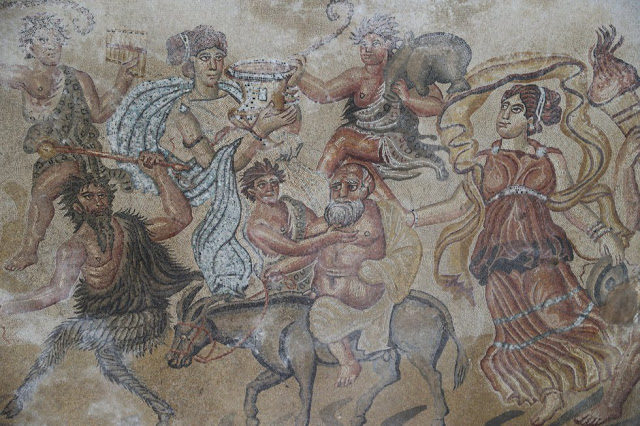
musicians, satires and Silenus, represented as an old man riding a donkey
"This man really existed," explains Miguel Ángel Valero, professor of ancient history at the University of Castilla-La Mancha. His name is not yet known "but sooner or later, we'll find out," says Valero, who has spent a decade uncovering the dazzling features of the villa, which is located in Villar de Domingo, a hamlet of 218 inhabitants in Cuenca province, in the central region of Castilla-La Mancha.
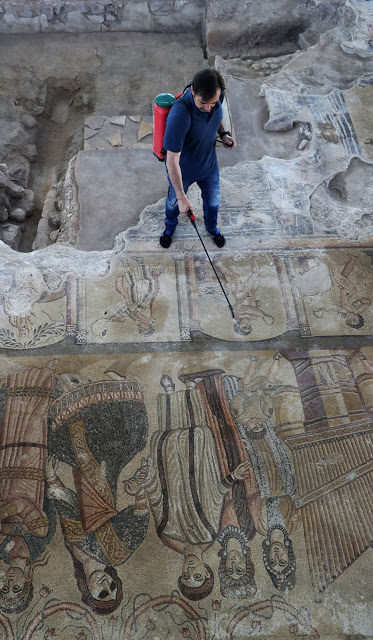
The mayor of Villar de Domingo García, Javier Parrilla, of the Popular Party (PP), wants the opening of the site to coincide with a new campaign of archaeological work scheduled for the summer, which will include the excavation of the villa's reception hall. This room "is normally bigger than the triclinium," explains Valero.
Villa de Noheda was discovered more than a decade ago, when a tractor hit a hard spot of land in the village. This area had been nicknamed The Stony Field (El Pedregal) after the numerous stone blocks and metal objects that kept turning up there. When the tractor dug up the ground, it pulled up hundreds of small, brightly colored stone pieces - they were part of the tiles of the mosaic. The discovery prompted archaeologists to begin excavating the site.
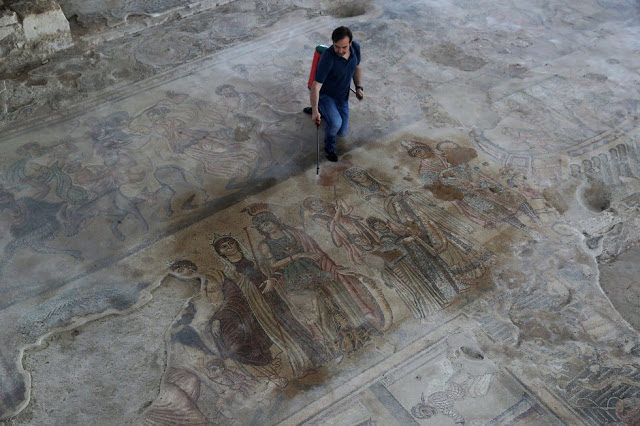
solid shoe that was used to keep time to the music. This is one of the very few remaining representations
of this item in the world
The decorative paintings, floor mosaics, sculptures and other ornamental elements highlight the great wealth of the owner. Researchers have found more than 30 types of marble brought here from all corners of the known world at that time, and they are still unsure how it was possible for the landowner to acquire such wealth.
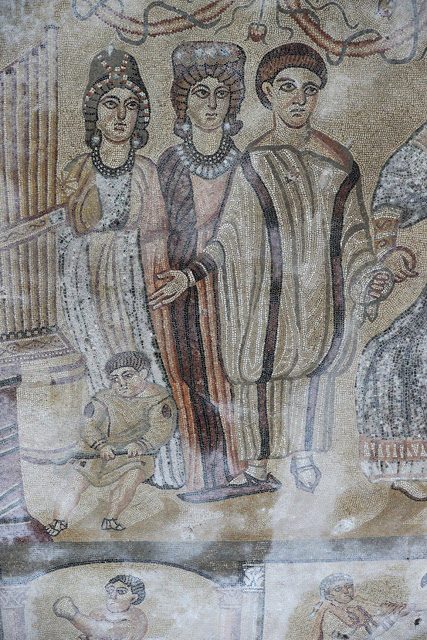
and the abduction of Helen of Troy
The mosaic in the villa's triclinium is the largest figurative mosaic of the Roman Empire known to date. It is comparable to the famous Villa Romana del Casale in Piazza Armerina in Italy (which is slightly smaller, 270 square meters) and is made up of "innumerable" tiles. In each 25-square-centimeter area, an average of 1,243 tiny tiles were used, some measuring just a few millimeters.
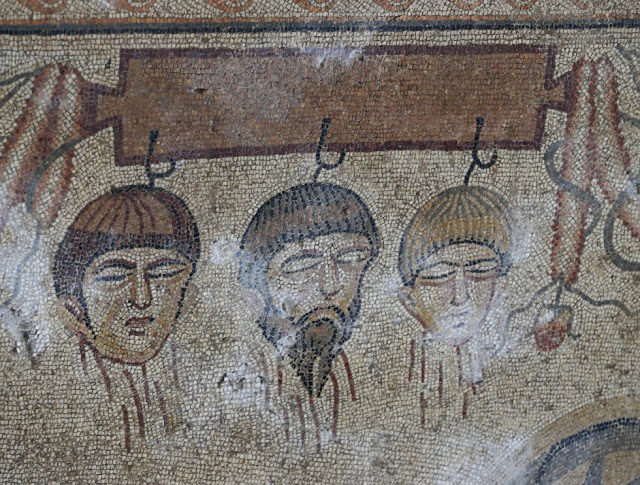
As well as the mosaic, archaeologists have also excavated "550 large sculpture fragments, made from marble imported from the East and from Carrara [Italy]. It is the largest sculpture set in all of Hispania, and includes the figures of Dionysus, Venus and the Dioscuri," adds Valero.
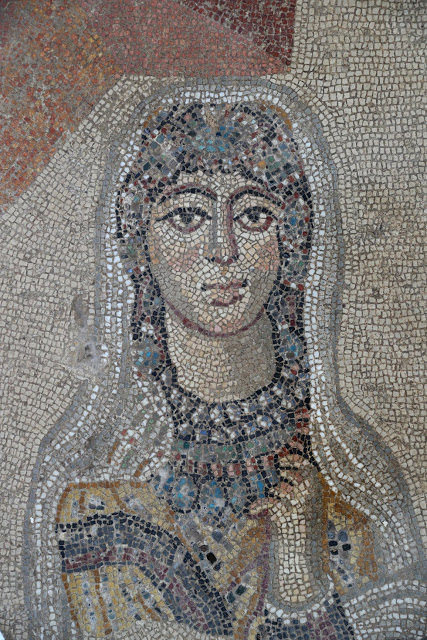
a move that led to a war
"Now what's left is to be able to show the site," says Parrilla, the mayor of Villar de Domingo García. "Everything is almost ready for its opening, as well as an information center in the village. The idea is for visitors to enjoy this while they watch the archaeologists at work."
The hope is that the site will attract visitors to the hamlet, which often loses tourists to the nearby city of Cuenca. Local authorities and researchers have been giving courses and hosting activities with the locals to get them involved in what could become a big tourist and cultural attraction.
Sources from the regional government confirmed to EL PAÍS that Villa de Noheda will be opened to the public "as soon as possible." "It's unique in the world. When I show the photos in international congresses, specialists from other countries are astonished. And the best is yet to come, because we have only excavated a small part," says Valero with a big smile.



Comment: See also:
- The destruction of ancient Rome - The barbarians were not responsible
- Exploded skulls and vaporized bodies: Pompeii finds reveal horror of Vesuvius eruption
- History textbooks contain 700 years of false, fictional and fabricated narratives
- Did the Romans build earthquake "invisibility cloaks" into structures?
- Pompeii was a full-fledged city before it was taken over by the Romans
- Enigmas of 3000 to 300 BC
Also check out SOTT radio's: Behind the Headlines: Julius Caesar - Evil Dictator or Messiah for Humanity?